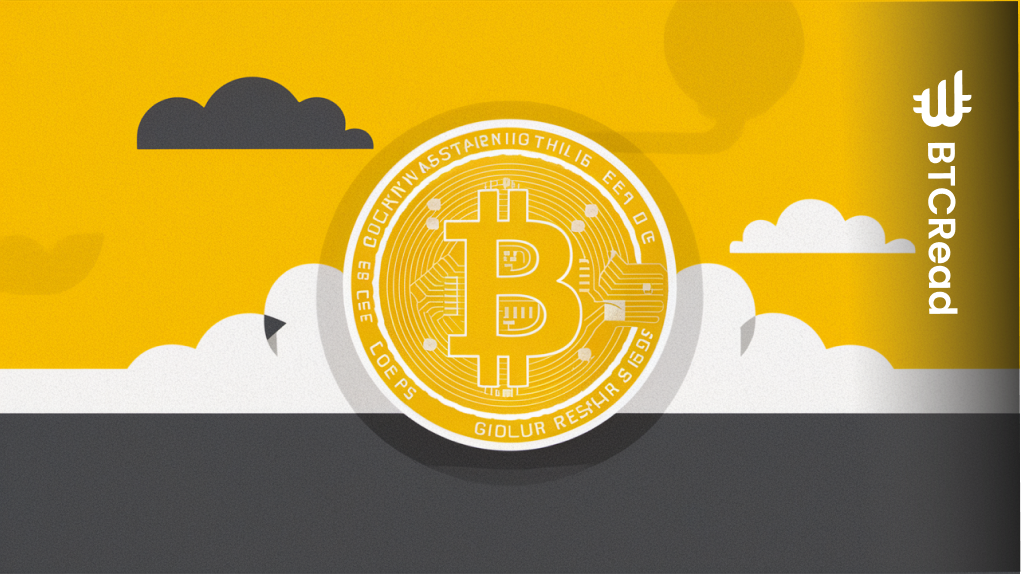A new Galaxy Research report suggests that most Bitcoin layer-2 scaling networks, particularly rollups, may struggle to remain sustainable in the long term. The report highlights the high cost of posting data to Bitcoin’s base layer as a fundamental challenge for these networks.
Galaxy analyst Gabe Parker points out that Bitcoin’s scarce blockspace is capped at 4MB per block. It presents a significant obstacle for rollups aiming to leverage Bitcoin as a data availability layer.
ZK-based rollups built on Bitcoin typically post proof outputs and state differences every 6-8 blocks, consuming up to 10% of an entire block with each 400KB data posting transaction.

Since January 2023, Bitcoin blocks have consistently been at full capacity. The arrival of new blockspace buyers, such as rollups, is anticipated to push transaction fees even higher. As a result, it might become financially challenging for certain users, particularly those utilizing rollups, to cover the costs of transactions on the Bitcoin network.
Revenue generation for viability of Bitcoin rollups
To ensure sustainability, Bitcoin rollups must generate significant income from transaction fees within their networks independently. The report delves into the financial feasibility of these rollups by scrutinizing Ethereum ZK-rollups data. In addition, estimating expenses for those engaging in BTC for data availability.

Moreover, Parker’s estimation suggests that a ZK-rollup utilizing Bitcoin for data availability to operate profitably. It would need to generate a monthly revenue ranging from $459,000 to $2.3 million through layer-2 transaction fees, contingent on the fee landscape of BTC.
The report also explores the potential effects on Bitcoin’s block structure once these initiatives go live on the main network. With each proof output and state variance totaling 400KB, a single rollup submitting data to a block would consume 10% of the block’s capacity. This heightened competition for block inclusion is projected to elevate layer-1 fees for all users, including the rollups themselves.
Related | Crypto project ZKX faces backlash after sudden closure







